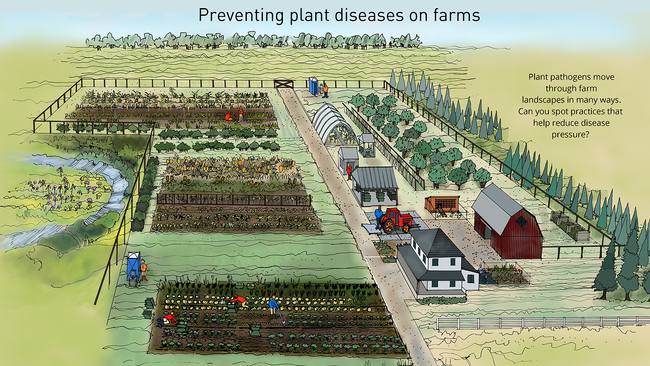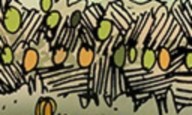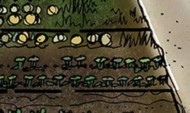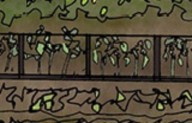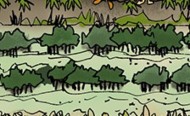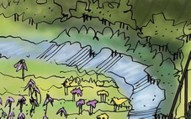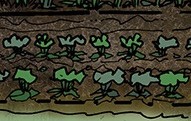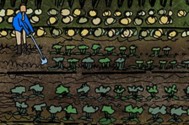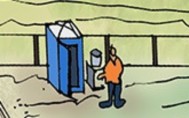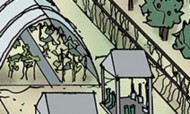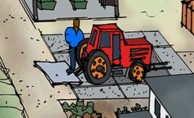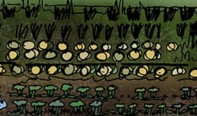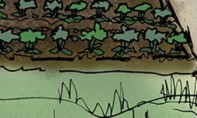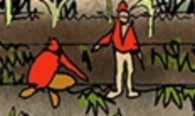Preventative practices can reduce disease pressure on farms
Water management
| Mulch (either straw or plastic) prevents pathogens from splashing up from the soil when it rains. | |
| Use drip irrigation when possible to add water near the roots of plants without splashing water onto the leaves. | |
| Proper spacing and the use of trellises for to support vertical growth provide better airflow through the canopy. | |
| Grassy walkways between plots can prevent water movement across fields. In areas with slopes, use deep-rooted perennials to absorb water. | |
| Maintain natural bodies of water, and surround them with deep-rooted perennial plants. Avoid surface water for irrigation when possible. |
Sanitation
| Use clean seed to prevent new pathogens from entering the farm. If using saved seed, treat it with hot water. | |
| Start your days in the youngest, healthiest plants. After working in a field with disease pressure, wash your boots, tools and clothing. | |
| Wash your hands, clothes and shoes. Clean your shoes with high pressure water as you move between fields, and especially after visiting other farms. | |
| High tunnels are high value environments: keep separate tools and boots to use only in tunnels. | |
| Wash your tools and equipment often, especially after working in diseased plots. Make a central washing station that is conveniently located so you remember to use it |
Residue management
| Rotate the plots where crop families are planted. For example, after planting beans, wait 3 years until you plant beans again in the same spot. | |
| Look for diseased plants at least weekly, and identify all diseases. Once you have a diagnosis, seek resistant varieties the following year. | |
| Keep compost away from fields and make sure it is fully composted before applying back to production fields. | |
| Manage weeds in and around fields; they can serve as hosts for various diseases. | |
| Remove infected plants and their neighbors to prevent the spread of pathogens to healthy plants. Only remove diseased leaves when plants are dry, and no rain is forecasted. |
Reviewed in 2021


